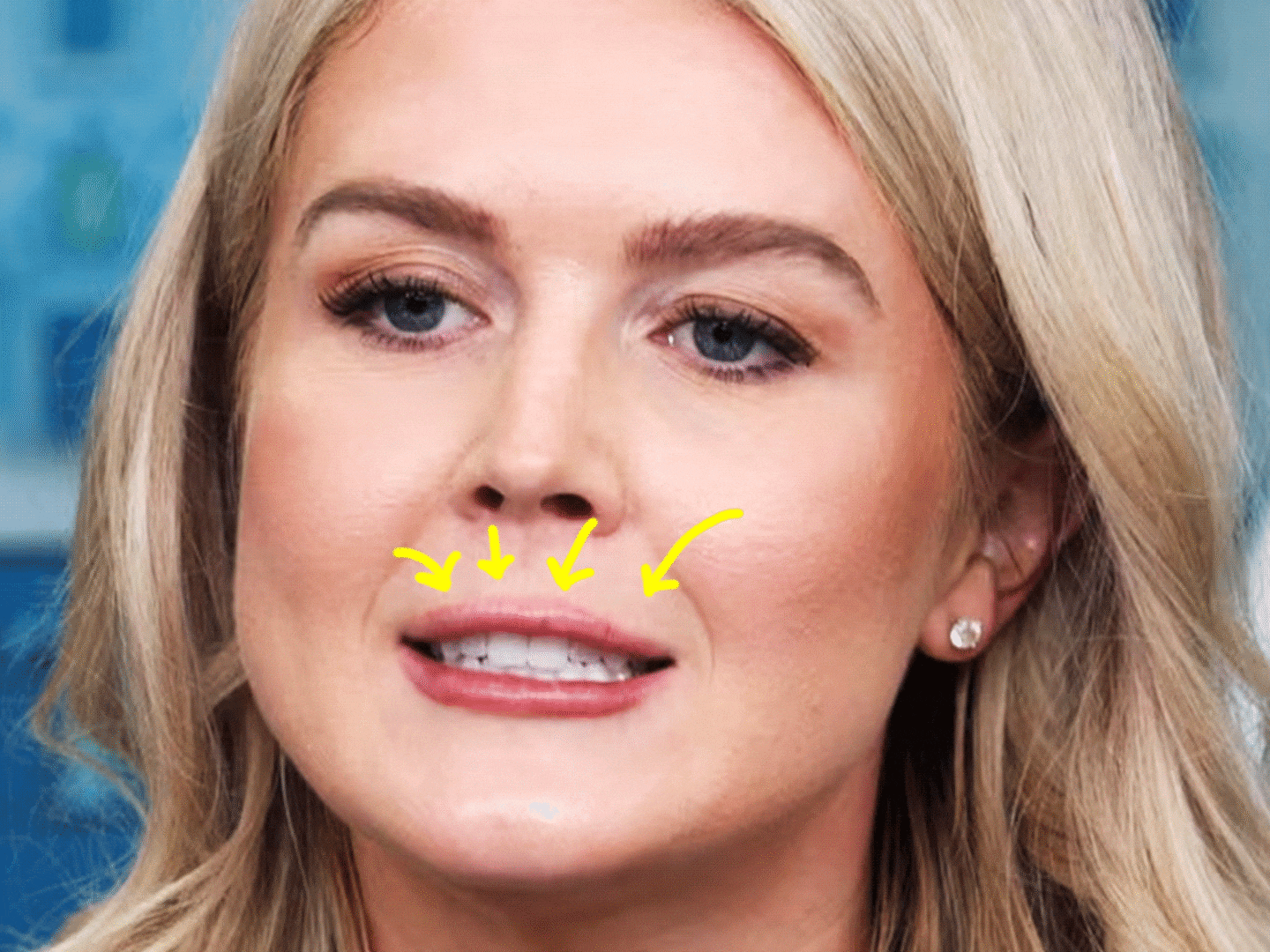
Paging Martin Sullivan. Paging Robert Willumstad, the ex-Citigroup guy and board member who replaced Sullivan in 2008. Paging the AIG board, past and present.
The public wants to talk with you. They want answers about all this bonus money for AIG employees, at least some of whom could be blamed for the company's current condition. They want you back in the hot seat in Washington, in Congress, on the talk shows, and they want AIG to be the lightning rod for ridicule of the entire bailout. Maybe Federal Reserve Chairman Ben Bernanke, or even President Obama, want to give you an earful.
Remember Martin Sullivan? He was that roly-poly Irish guy who succeeded Maurice "Hank” Greenberg as AIG's CEO, after all that unpleasant business with New York Attorney General Eliot Spitzer in 2005. You may not remember Sullivan well because he was scared of television cameras and was not that much warmer to print reporters. While Sullivan had a big profile at the buffet, he was less visible to shareholders, the financial press, and regulators.
Hank Greenberg attacked the bonuses, saying, "Nobody during my tenure had a contract, starting with me. No one was ever paid a retention bonus. You believed in the company—or you didn't."
The heir-apparent to Hank on the basis of his salesman's attributes, Sullivan parlayed his proximity to Greenberg and decades of service as a loyal coat-holder into the top job. The AIG board believed that Sullivan—if only by osmosis—had to know more about the intricate workings of AIG and its innumerable subsidiaries in 130 countries than anyone else did. At least, so the board presumed, Sullivan would know the culture better and be less disruptive to the employees and the customers than any other choice. And he might be easier to deal with than Greenberg.
It was on Sullivan's watch that AIG's Financial Products unit in London, under Joseph Cassano, sprang into full Masters of the Universe mode. The unit was cranking out inordinate profits for AIG. Cassano—under Sullivan and perhaps before—ran his own fiefdom and supposedly was making gobs of money for the company and himself. Then, as the money-losing on the unit's credit-default swaps business started being reported in February 2008, Sullivan and other AIG officials thought they needed to keep the financial products guys who had been making all this money. After all, maybe they were just having a little dry spell. Why else would other firms think this team of hotshots was worth imitating—or raiding? So, as AIG reflected on the mess it was undoubtedly uncovering and not disclosing, the company realized that if it let the financial products guys go, nobody else might ever figure out what havoc had been embedded or when the debt bombs could start going off. The management at the time felt retention bonuses were in order to keep those people in place, Nick Ashooh, AIG's senior spokesman, tells The Daily Beast.
Ashooh said AIG has unraveled about $1 trillion in these complicated financial instruments, and has $1.6 trillion more to sort out. Ashooh pointed out that AIG's current chairman and CEO, Edward Liddy, reviewed the contracts promising the bonuses and concluded, with advice from inside and outside counsel, that they could not be broken without risking triggered penalty clauses that would greatly increase the bonuses due.
Liddy said, Ashooh discovered, "there was a high probability of having to pay out a multiple of what the contracts called for and legal costs. But in October 2008, AIG agreed to freeze $19 million in bonuses to Sullivan. (One of the most media savvy executives I have ever interviewed, Liddy is not making statements at this time, especially in reaction to the president's comments.)
Meanwhile, in an interview with Neil Cavuto on FOX News, Hank Greenberg attacked the bonuses, saying, "Nobody during my tenure had a contract, starting with me. No one was ever paid a retention bonus. You believed in the company—or you didn't."
Greenberg focused on the signing of the bonus promises and the idea that the board of directors and general counsel must have known about upcoming problems. The promise of bonuses, Greenberg said, "wasn't done in the dead of night."
Liddy claimed recently that Greenberg bears responsibility for starting the business ventures now largely blamed for AIG's problems. Greenberg retorted: "We had risk management—what happened when I left the company?"
The answer is twofold: First, the company, with hundreds of subsidiaries, was so complicated that no one other than Greenberg and a handful of his trusted lieutenants who left with him knew what was going on across the board. Two, when Greenberg left AIG headquarters on Pine Street in Lower Manhattan, fear of failure walked out of the company, too. With a glad-handing boss replacing the one known for outbursts of temper and constant demands, there was no longer that daily gut-check before spinning the roulette wheel of credit-default swaps again. It is foolish to think that had Greenberg remained, AIG would have been immune to the larger forces that have affected financial institutions, insurance companies, and markets worldwide, but it is fair to ask: How bad would it have been?
Let's get back to Martin Sullivan. Sullivan declined to comment for this article through his lawyer, David Murphy of Wachtell Lipton, Rosen and Katz. Alex Detrick, spokesman for New York Attorney General Andrew Cuomo, did not return phone calls or emails. Recall that last October, Cuomo persuaded AIG to freeze $19 million in a bonus package for Martin Sullivan.
Few people have more at stake in this bonus debate than Sullivan, who was in charge for much of AIG's disastrous decline. Ashooh, the senior vice president for communications for AIG, tells The Daily Beast that the issue of whether Sullivan still is entitled to the $19 million remains unresolved. And Ashooh had no immediate answer to my question: What makes Sullivan's contract different from all those other bonus contracts AIG's current management says it is legally bound to honor?
Allan Dodds Frank is a business investigative correspondent who specializes in white collar crime.






